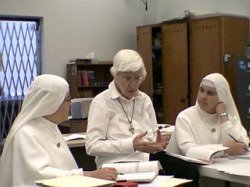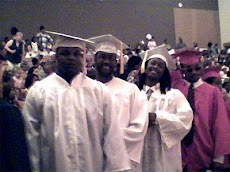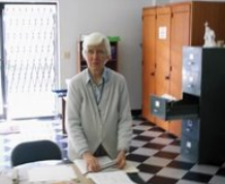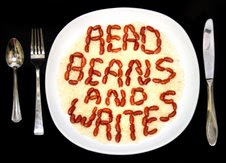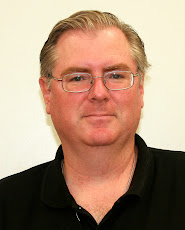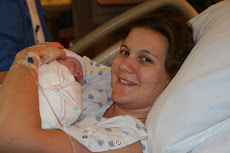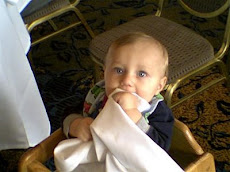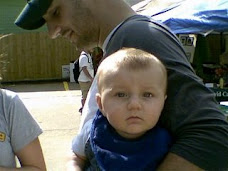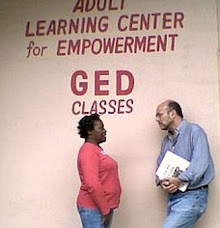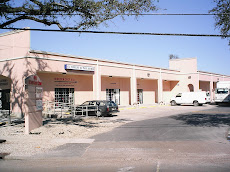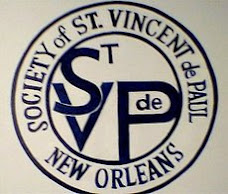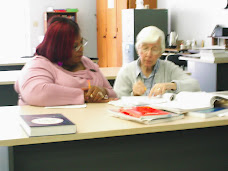



In early January as part of our continuing study of World War ll history at our school, we had the honor of having as a guest speaker Mr. Lawrence Keller. At a very young 86 years old, Mr. Keller volunteers as our school carpenter -- he fixed the leg of a school desk and made a much-needed wooden door stop recently. He is also a retired Deacon in the Catholic Church, and he delivers a fine speech. But in 1944-45 he was Corporal Keller with a supply unit in the US Army stationed in Metz, France. In December of 1944 he and his unit helped supply General George S. Patton and the US Third Army as it raced towards the relief of the key town of Bastogne during the famous Battle of the Bulge. (See our December 25th blog post.) Later in the war Mr. Keller and his unit were involved with the guarding of captured Nazi soldiers including members of the dreaded SS, Hitler's elite Nazi troops.
Mr. Keller spoke to our class, and the students were totally fascinated by what he had to say. He told us about the Battle of the Bulge, the Allied invasion on D-Day at Normandy, and about life as a soldier during the war. He told us the brutal truth as he witnessed it during World War 2 of what he saw, and he spoke also about the Holocaust and the US Army's liberation of the concentration camps.
He was a witness to war, and our students will never forget what he told us.
--Adrian















































